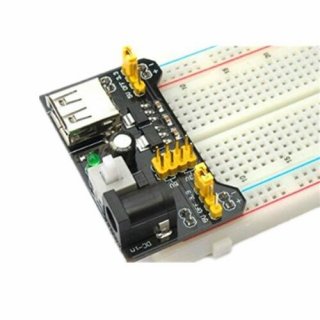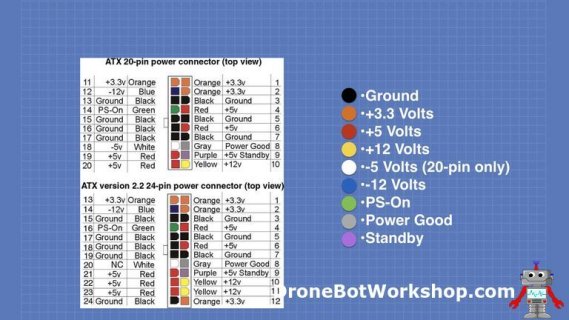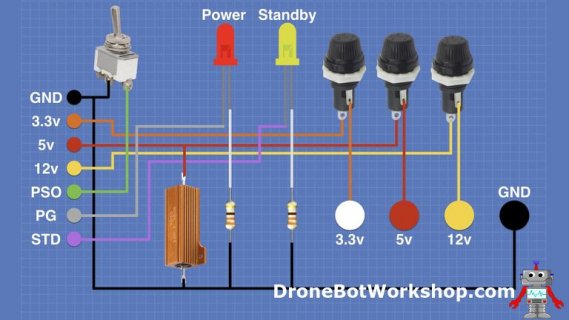
I handn't used this before and thought it would be handy since I had a 12v barrell type supply already nearby. I hooked up the Teensy and plugged it in. The cliche time slowed down thing happened as I watched the Teensy's red LED glow bright then slowly die as a puff of smoke wafted up from underneath the rows of header pins.
I checked the voltage and for whatever reason the regulator failed propagating the full 12 volts right into the 5v rail on my breadboard and into the Teensy.
Just a friendly reminder from my failure to always check voltages first, especially if you haven't used a supply before.
I have plenty of time to reflect on my failure as Teensy 4.0s are unobtainium.



